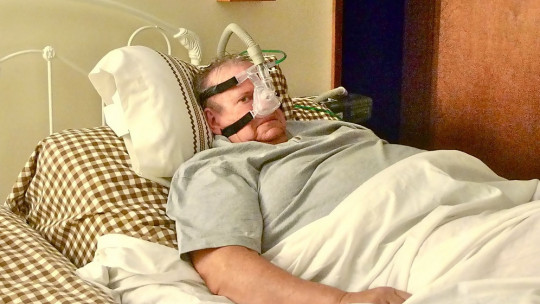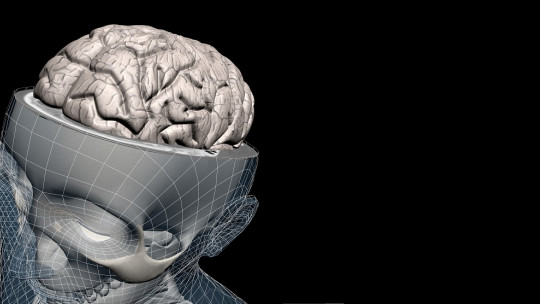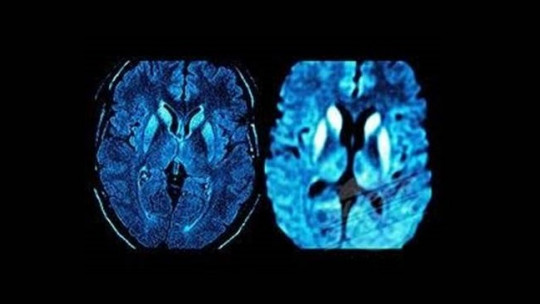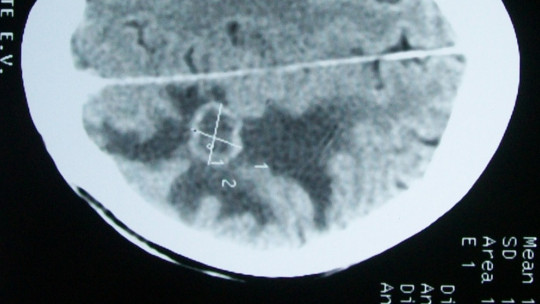
Not many years ago, in the world of medicine and psychology, there were many problems regarding identify signs of altered level of consciousness (in early phases) of thousands of patients around the world, so in many cases there were failures in the diagnoses, then triggering negative consequences, since the treatment that was carried out in the same way was not correct.
There was also no general consensus regarding what a “serious” head injury entailed, and in different medical reports there were different terms and subjective medical notes that were not entirely clear: mild coma, deep coma, semi-coma; “you are more conscious today”, etc.
Fortunately, all that has changed, since there is currently an internationally recognized scale that allows a patient’s level of consciousness to be assessed in a very precise and objective manner. This is the Glasgow Coma Scale.
Features of this tool
The Glasgow Coma Scale was created at the University of Glasgow during 1974 by English neurosurgeons Bryan Jennett and Graham Teasdale. This tool, in general terms, allows you to evaluate the severity of the coma and assess the state of consciousness of the person through tests that are carried out, which revolve around 3 axes: ocular response, motor response and verbal response.
On the other hand, this scale specifically evaluates two aspects:
1. The cognitive state
It is studied the level of understanding that the person may have this through compliance or non-compliance with the orders that the evaluator asks the evaluated to carry out.
2. The state of alert
The degree to which the person is aware of the environment around them is studied.
Advantages of the Glasgow Coma Scale
This instrument has the properties of discrimination, evaluation and prediction, something that no other similar instrument has to date.
Regarding the poor prognosis, the score obtained from this instrument, and the duration of the coma, will represent two very important measures to consider in order to determine the risk of cognitive impairment that may exist. The probability of death increases in the following cases: comas that last more than 6 hours, in elderly people, and with scores less than 8 (you can obtain from three to up to fifteen points).
Common error in its application and interpretation
There are cases in which the limitations that the patient has are not taken into consideration at the time of evaluation. Sometimes verbal response is valued when the person encounters an obstruction in the airway (tracheostomy or endotracheal intubation, for example). It would be a mistake then to apply it to that person, since obviously he or she will not be in a position to do so.
Another mistake, and one that goes in the same direction as the previous one, is evaluating the motor response when the person is sedated or you have some neuromuscular blocker in your body.
What is appropriate in these cases is not to evaluate him/her with a specific digit, but rather to record it as “not evaluable”, because if it is applied and classified as if he/she had no impediments, there is the possibility that in the medical report The impression is left that the situation is very serious, since there would be a record of 1 point in that area, and perhaps the evaluated person could obtain the 5 points, but not at that time when it was applied, precisely for what is already We have seen, there was an object that did not allow him to perform in the test in the best possible way; were limitations unrelated to something neurologically related and you should continue with the subscales that can be assessed.
Basic characteristics
The Glasgow Coma Scale has two invaluable aspects which have given it the opportunity to be the most widely used instrument in several medical units to evaluate the level of consciousness:
Simplicity
Being an easy-to-use instrument, communication between different health professionals (even people who were not specialists in the subject, such as nurses, paramedics, etc.) improved greatly, since the understanding between the parties was much greater. greater, as everyone has “the same channel” of communication.
Objectivity
Using a numerical scale leaves aside any assessment that could be considered subjective, there is no room here for different interpretations to be presented by different evaluators; In this case it is rather to say whether it presents the ocular-verbal-motor movement or not, adding points or having a point in said item.








